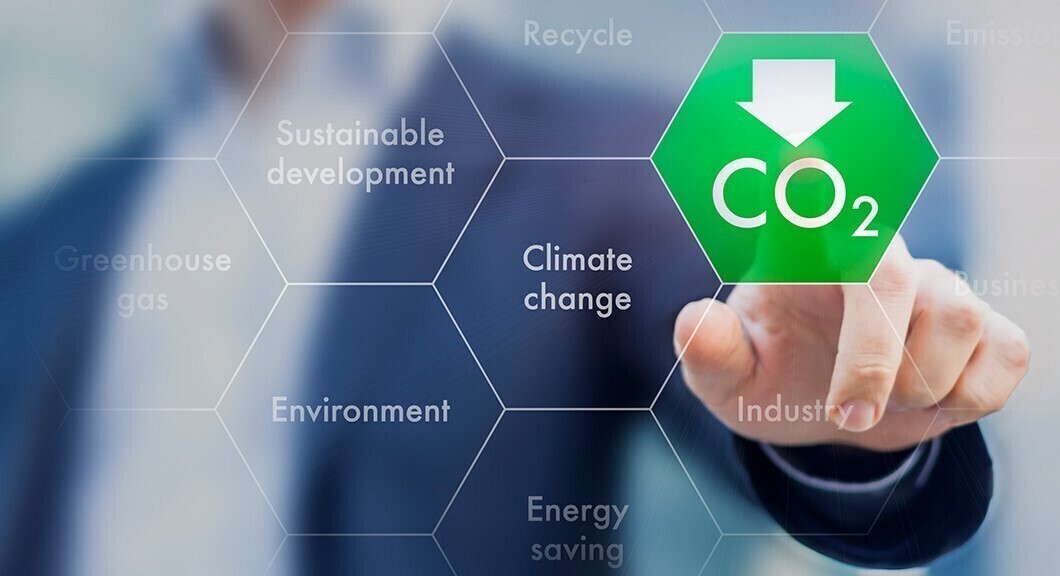

A new study by Market Forces has shed light on Australia’s industrial gas consumption, revealing a striking concentration of demand among a handful of facilities. According to the findings, just 10 industrial sites are responsible for more than half (50.9 per cent) of the country’s total manufacturing gas use, with alumina and ammonia leading the way. The remaining 49.1 per cent of demand is driven mainly by the Liquefied Natural Gas (LNG) sector, underscoring its dominant role in Australia’s energy landscape.

Five ASX-listed giants, Rio Tinto, South32, Orica, Dyno Nobel, and Wesfarmers, operate six of these major gas-consuming plants. Their reliance on gas drives both operational costs and climate exposure. At the same time, these companies have begun mapping decarbonisation pathways, particularly in alumina and ammonia, a sector that makes up nearly two-thirds (64 per cent) of manufacturing gas demand.
Rio Tinto
Rio Tinto has pledged to cut its net Scope 1 and 2 emissions in half by 2030 and reach net zero by 2050. According to its 2025 Climate Action Plan, the company’s gross operational emissions fell to 30.7 Mt CO2e in 2024, down from 33.9 Mt CO2e the previous year. New renewable electricity contracts and emission-cutting initiatives primarily drove the reduction. The company is targeting three major areas to cut emissions:
For live market update from industry experts, watch our upcoming webinar
South32
South32 Limited, a mining and metals company based in Perth, Western Australia, has secured USD 4.4 million in government funding to advance carbon reduction initiatives at its Worsley Alumina Refinery, an important step toward its goal of achieving net-zero emissions by 2050.
The funding, provided by the Australian Renewable Energy Agency (ARENA), will support a pre-feasibility study exploring four potential investment pathways to partially replace fossil fuel-based steam generation with renewable energy systems at the refinery. By reducing reliance on fossil fuels, the initiative aims to cut direct carbon emissions and move the company closer to a more sustainable operating model. The grant comes under ARENA’s USD 400 million Industrial Transformation Stream program, designed to help decarbonise energy-intensive industries such as alumina refining.
Orica
Orica aims to reach net-zero emissions by 2050, with a target to cut Scope 1 and 2 emissions by 40 per cent by 2030. The strategy includes transitioning to renewable energy, achieving 60 per cent renewable electricity by 2030 and 100 per cent by 2040, while advancing technologies for renewable hydrogen and ammonia production. Alongside decarbonising its operations, Orica is also partnering with customers to drive down emissions across the value chain.
To accelerate progress toward its 2030 emissions reduction target and net-zero ambition by 2050, Orica has launched the $37 million Kooragang Island Decarbonisation Project, a public-private initiative deploying low-emissions abatement technology in Australia for the first time. Installed between October 2022 and mid-2023 at Orica’s ammonium nitrate manufacturing facility, the project is one of the nation’s largest industrial decarbonisation efforts. It will cut 567,000 tCO₂-e annually, reducing the site’s emissions by 45 per cent and lowering greenhouse gas emissions from Australia’s industrial chemical sector by about 12 per cent.
The project demonstrates the economic viability of tertiary catalyst abatement technology to reduce nitrous oxide (N₂O) from nitric acid production, underpinned by four key business model components: carbon market development, carbon contracting, transition finance, and technology performance. Its success as a private-public partnership reflects collaboration across Federal and State governments, global technology providers, local community groups, and carbon advisors to overcome financial barriers and deliver transformative emissions reductions.
Dyno Nobel
Dyno Nobel is advancing its decarbonisation efforts with a focus on reducing greenhouse gas (GHG) emissions. A major step is the $8 million installation of a tertiary abatement system at its Louisiana, Missouri facility, designed to cut operational emissions by 30 per cent from a 2020 baseline. The system targets nitrous oxide from nitric acid production, converting it into harmless nitrogen and oxygen, and is capable of removing more than 95 per cent of nitrous oxide emissions.
Dyno Nobel’s decarbonisation strategy goes beyond individual projects, with a goal to cut GHG emissions by 42 per cent by 2030 (from a 2020 baseline) and achieve net-zero by 2050 or earlier. The company is also collaborating with customers such as Fortescue to lower emissions through its DIFFERENTIAL ENERGY® technology, which optimises blast patterns to reduce both mining costs and emission volumes. In addition, Dyno Nobel is advancing its DYNOBULK® Electric MPU technology, a fully battery-powered mobile processing unit that eliminates the need for diesel in the blast delivery process.
Wesfarmers
Bunnings, Officeworks, and Wesfarmers Energy, Chemicals and Fertilisers (WesCEF) are ramping up their renewable energy push by deploying a suite of distributed energy resources (DER) to cut greenhouse gas emissions. Backed by a USD 100 million commitment from the Clean Energy Finance Corporation (CEFC), Wesfarmers, owner of Bunnings, Officeworks, and other businesses across Australia and New Zealand, plans to accelerate decarbonisation through expanded clean energy use. The funding will support investments in rooftop solar, battery storage, energy efficiency measures, an electric vehicle smart-charging pilot, and a feasibility study to drive faster decarbonisation at WesCEF.
Responses








